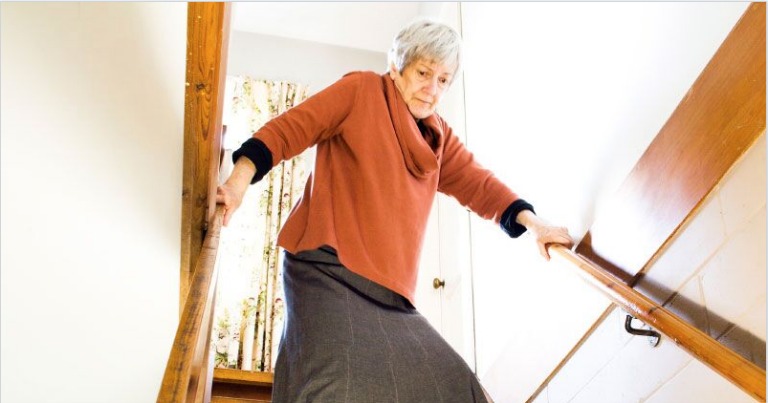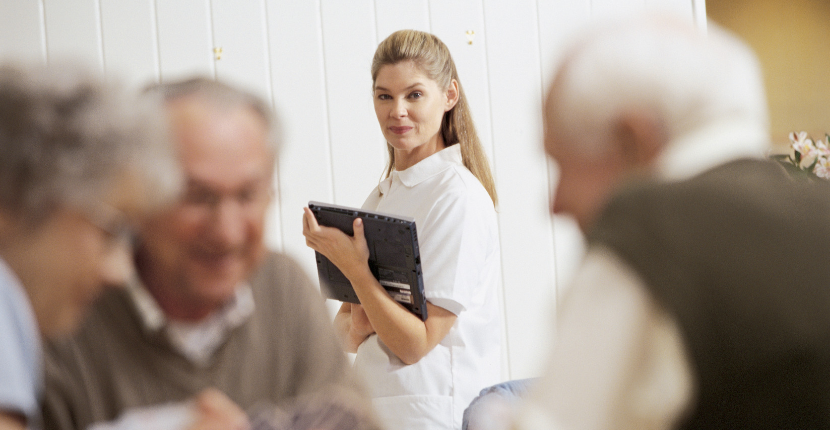When loved ones begin to age, the risks for in-home injuries begin to rise. However, preparing for the unexpected before it actually happens may help decrease that number and save the day. Home fall related injuries are at an all-time high, affecting about 2.5 million older folks per year. About 1 in every 3 people aged 65 and older will fall, and only about half of those individuals will actually tell a doctor about it. Here are a few tips to help you prepare for a health related emergency, as well as ways to make your home as safe as possible to hopefully avoid some nasty falls.
Make the Home as Safe as Possible
Areas like stairs, bathrooms, kitchens, and bedrooms should all have proper handholds or railings installed for older family members. In places like the bedroom and kitchen, where railings might not have a place, consider keeping something to stabilize your loved one – like a cane, walker or sturdy stool that won’t slip.
Imagine what a dangerous place the kitchen would be if you couldn’t reach tools safely. Make sure that harmful materials and items are kept out of reach, but all necessary cooking tools are at or around waist height. Forcing loved ones to climb up a stepping stool will greatly increase the chance for falls and/or injury.
Bathrooms should be outfitted with railings for the shower and next to the toilet for support. Non-slip rubber mats are also a great idea around any appliance that dispenses water. A lifted seat might also be another necessary item for a low toilet in order to stand and sit comfortably.
Make sure that rugs are removed or secured to the floor as to not cause a fall. Non-slip material can be placed on stairs or to any areas leading outside. Everyone should be able to comfortably walk through any area in the home without obstacles.
Light switches should be at a comfortable height. All areas that could potentially be too dark to clearly see should be outfitted with a light switch or bright lamp. Make sure that all light sources are within reachable range, especially in the bedroom, when entering and exiting bed.
Create a Plan & Make Emergency Supplies/Numbers Available
Going over a plan with a loved one is crucial before disaster strikes. Make sure that the loved one is aware of any and all exits along with plans if they must vacate the premises. If a fall happens, make sure your loved one understands what to do and who to call. If they are unable to reach a phone a panic button can be worn around the wrist or neck in case of emergency.
Either clearly write down phone numbers or program them into an easily reachable phone. A number for emergencies, the police, poison control and emergency contact numbers for loved ones should be included.
Lastly, a first aid kit with everything needed to treat a small cut or wound is essential. Include sterilization materials, bandages, gauze, aspirin and antiseptic ointment. Emergency health related items for ailments such as severe allergies, heart problems, seizures, and diabetes should be kept in plentiful supply all around the house. Storing some extras like water, a phone charger, batteries, and all necessary medications is also a fantastic idea in case of power failure.
In any case, falls and other emergency situations that could result in injury or even death can be avoided with proper preparation. Education and communication is the best remedy for easily preventable in-home emergencies. Always speak openly with your loved one about what to do if an emergency should occur.




